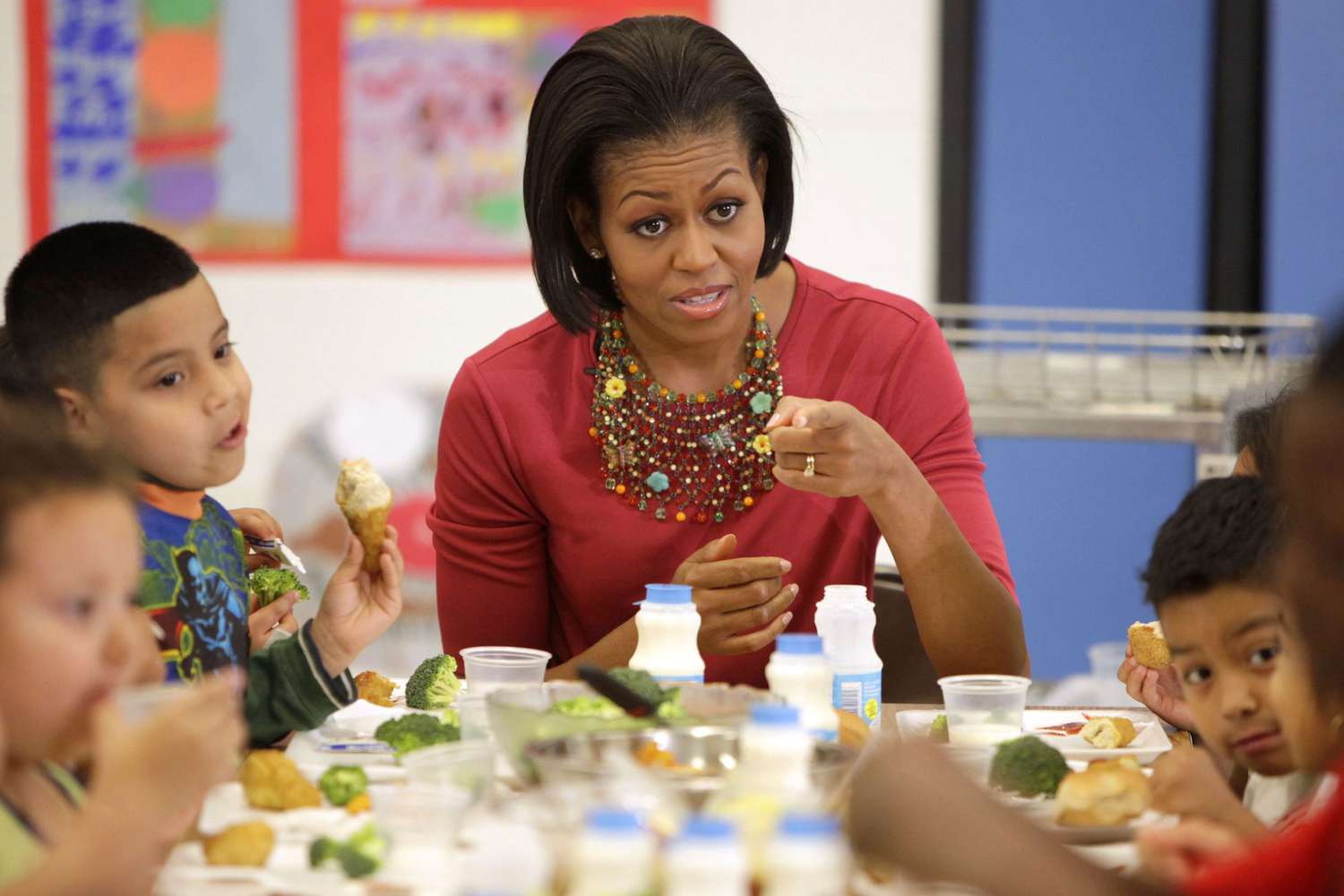Chocolate Milk Ban in Elementary and Middle Schools?
By Hira Waheed
21 May 2023
The United States Department of Agriculture (USDA) is contemplating a proposal that would effectively prohibit the availability of chocolate milk in elementary and middle school cafeterias nationwide. However, in high schools, chocolate milk would still be allowed, albeit with limitations.

The proposed ban is part of a long-term plan aimed at reducing the risk of chronic diseases among children, according to the proposal outlined in the Federal Register. Excessive consumption of added sugars has been linked to increased risks of cancer, heart problems, insulin resistance, and other health concerns.
Diabetes In Kids
The American Diabetes Association reports that approximately 283,000 Americans under the age of 20 have been diagnosed with diabetes. The CDC highlights that the number of young people with type 2 diabetes has been rising by 4.8% annually from 2002 to 2015. By limiting sugar intake at an early age, the USDA aims to help children develop healthy eating habits that can carry into adulthood.
The potential ban is driven by the alarming amount of added sugar that children consume, with chocolate milk being a significant contributor. The New York City Center for Health warns that a child can consume 80 grams of added sugar in a week by drinking chocolate milk twice a day. In 2017-2018, children aged 2-19 consumed an average of 15-18 teaspoons of added sugar daily, according to the CDC.
Michelle Obama's Food Efforts
While the true potential and impact of this proposal remain uncertain, it is worth noting that Michelle Obama's efforts for school lunch reform, through the Healthy Hunger-Free Kids Act in 2010, improved the nutritional quality of school meals, particularly in lower-income areas, as suggested by a 2020 study.

The USDA is not alone in addressing excess sugar consumption. Last month, the International Dairy Foods Association (IDAF) unveiled a "Healthy School Milk Commitment," pledging that flavored milk would contain no more than 10 grams of sugar per eight fluid ounces, including the flavoring. In essence, the IDAF is proposing reduced-sugar, low-calorie chocolate milk as a compromise solution. Already, 37 milk manufacturers across all 50 states and Puerto Rico have signed the pledge.
Amidst this debate over whether or not to flavor milk, some experts advocate for a more "realistic" approach. The Federal Register suggests that removing chocolate milk from schools would encourage young children to choose unflavored milk, which is more nutrient-dense when their taste preferences are still developing. However, Erin Wholey, the New England Dairy Director of Youth Wellness, highlights that most kids are not enthusiastic about drinking plain milk. Wholey emphasizes the importance of flavor in ensuring that children enjoy consuming nutrient-dense milk and obtain essential nutrients such as calcium, vitamin D, and potassium. While an outright ban might reduce added sugar intake, it also has the potential to compromise the intake of vital nutrients. The FDA is expected to announce a definitive ruling in time for the 2024-2025 school year.
You Might Also Want To Read This
Popular Posts






